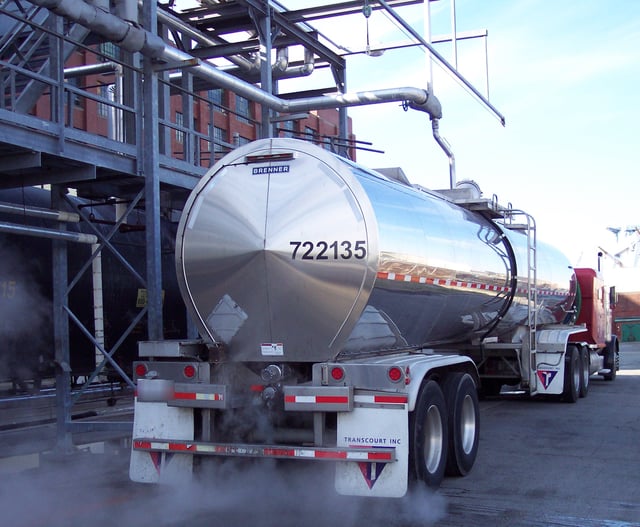Anyone who is involved in the trucking industry has noticed an industry wide diminished truck capacity nearing historic lows. For us, this is causing challenges in securing carriers for requested loading and delivery dates and times. We feel we are at the point where we need to share information on the state of trucking and ways we can work together in order to maintain availability in an extremely tight market.
The issues we are facing as an industry using trucking:
- Electronic Logging Devices (ELD) mandate went into effect 12/18/17 and the complete fallout of HOS, violations and spot inspections are not 100% known at this point. Issues may arise that cause delayed deliveries.
- A growing economy where consumer spending grew at a rate of 3.3% and manufacturing activity is at a 13-year high is utilizing truck assets at near capacity.
- A large aging driver workforce that will be retiring over the next several years with replacement drivers not keeping pace is causing a driver shortage. By the end of 2017, there was an estimated 50,000 driver shortfall and this number could grow.
- Trucking mandated changes regularly introduced that usually affect capacity.
- Recovery efforts from recent Hurricanes Harvey and Irma that impacted the Gulf and Southeast have caused a ripple impact to the entire bulk tank industry.
- More recently, the holidays and weather up the east coast have had a significant impact on driver availability and logistics capacity in general.
How the above issues are impacting TRT:
- Increase in rejected, rescheduled and dropped loads.
- A carrier that was primary on a lane, cannot commit to the full capacity and we have to spread the loads to several carriers. It is taking more work securing multiple carriers for lanes that were once easy to schedule.
- Although carriers will accept a load up to 7 – 10 days out, they are only able to account for actual inbound drivers 3 - 4 days out. This is causing rescheduled and dropped loads.
- Increases in truck rates.
What TRT is working onto to meet customer needs in this tight trucking market:
- Continuing to identify potential new carriers to increase our supplier base.
- Trialing intermodal services for all lanes that are near or over 1,000 miles from TRT’s facility.
- Revisiting viability for terminaling products at locations closer to our customers.
- Making additional loading appointments available during peak times.
- Rearranging production of product, if feasible, to meet carrier availability.
What our customers can do to help:
- Be understanding of the industry wide situation and work with TRT sales, customer service, and our carriers in a productive and cooperative manner.
- Carry extra inventory where and when able to alleviate runout situations due to late delivery.
- Provide pickup and delivery windows whenever possible. More flexibility is key to carrier availability.
- Prioritize loading and unloading as quickly as possible.
- Consider all viable options for long haul shipments. One example is intermodal, which may be an alternative TRT needs to use in the future.
- Reconsider using a dropped trailer for storage. Dropped trailers decreases the number of available trailers for new orders.
- Keep inventory and production on schedule so rush orders are not a necessity. Rush orders are difficult to book.
- Review shipping requirements to make sure all are absolutely necessary. It is easier to find carriers when there are fewer restrictions.
- Be open to revised transportation pricing and spot quoting which may be needed to meet your exact delivery date.
- Customers are always welcome to use their own carriers where and when able. Speak to your sales or customer service representative if this is an option.